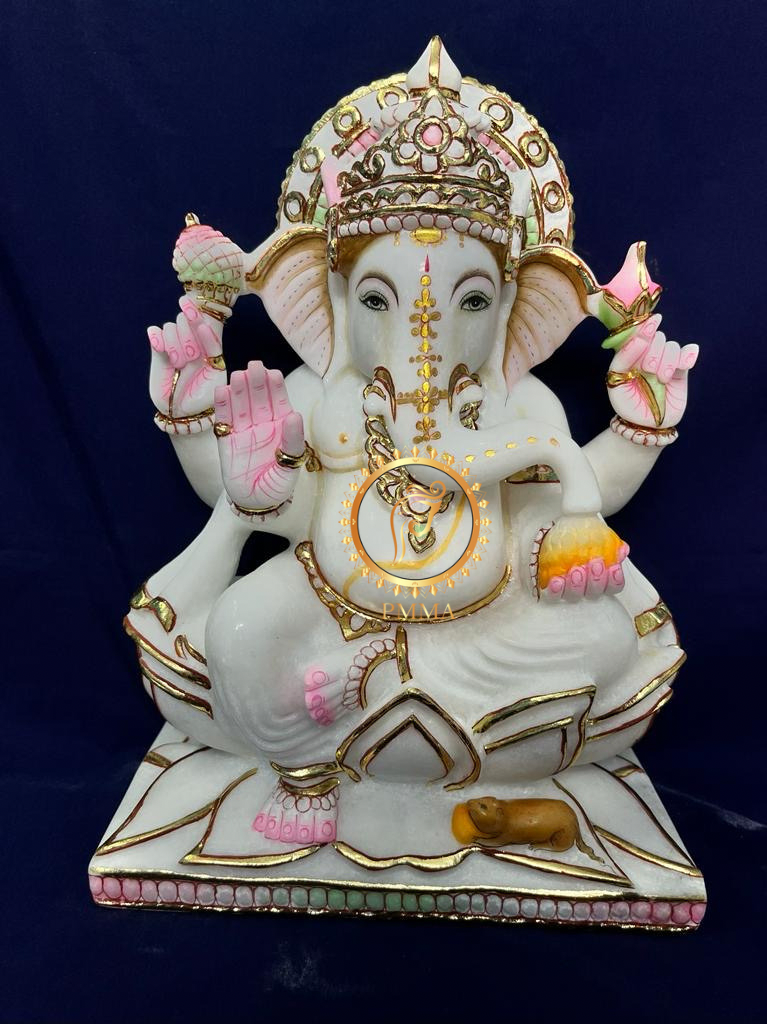Marble Ganesh Moorti 3 Feet for Home
If you're looking for a unique Marble Ganesh Statue, look no further than Pandit Marble Moorti Arts. With a longstanding reputation for delivering quality at affordable prices, we have been selling marble statues for years, earning thousands of satisfied customers.
Our team of skilled artisans carefully handcraft each statue, ensuring attention to detail that sets us apart from our competitors. We take quality control seriously, as any imperfection in the moorti is not only unappealing but also disrespectful to the deity itself.








.png)
.jpg)



.png)

